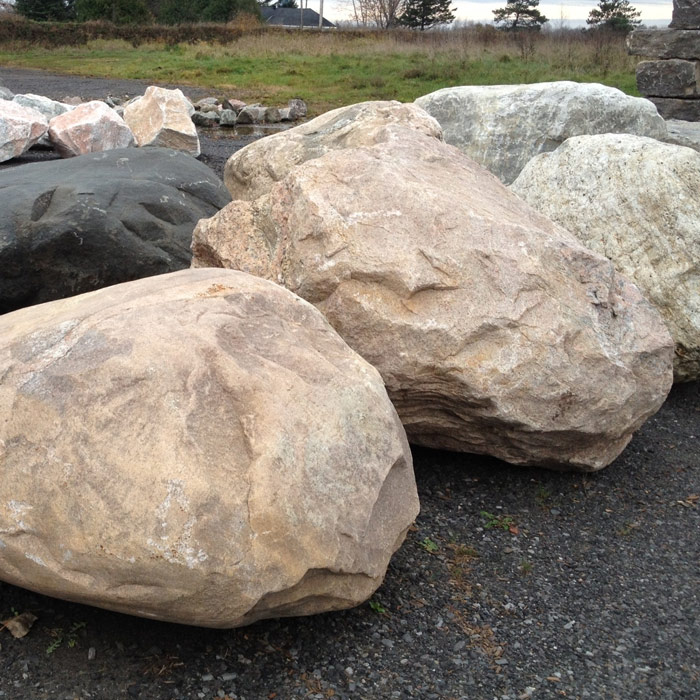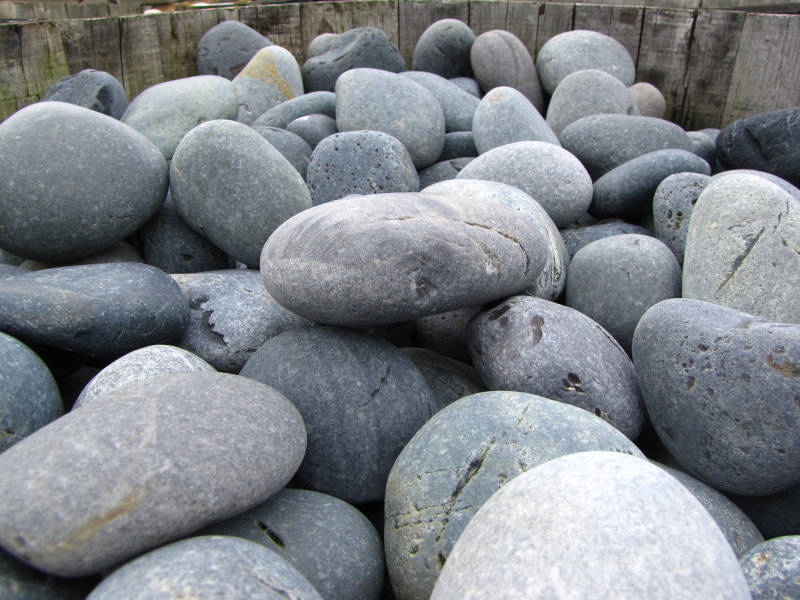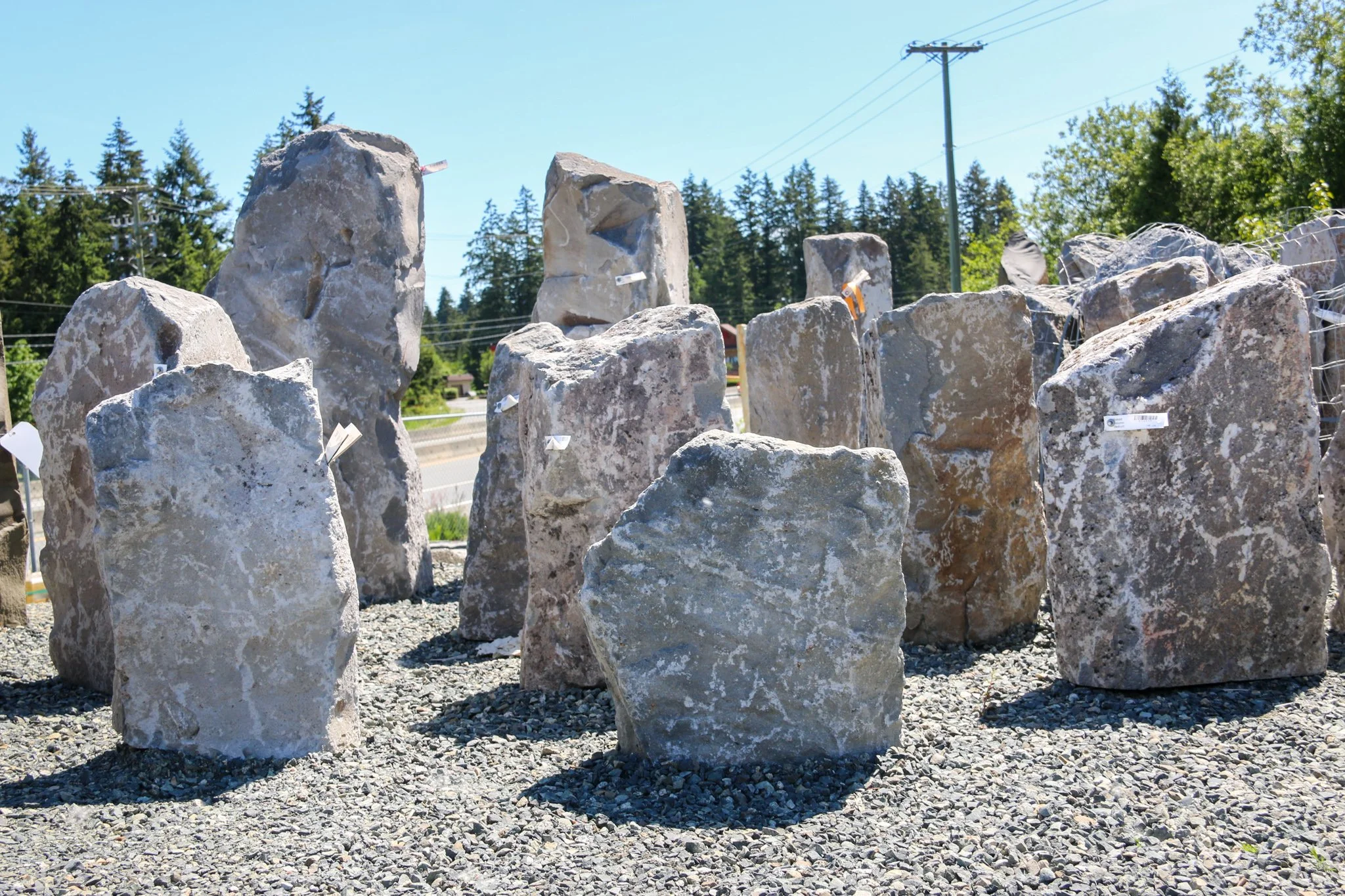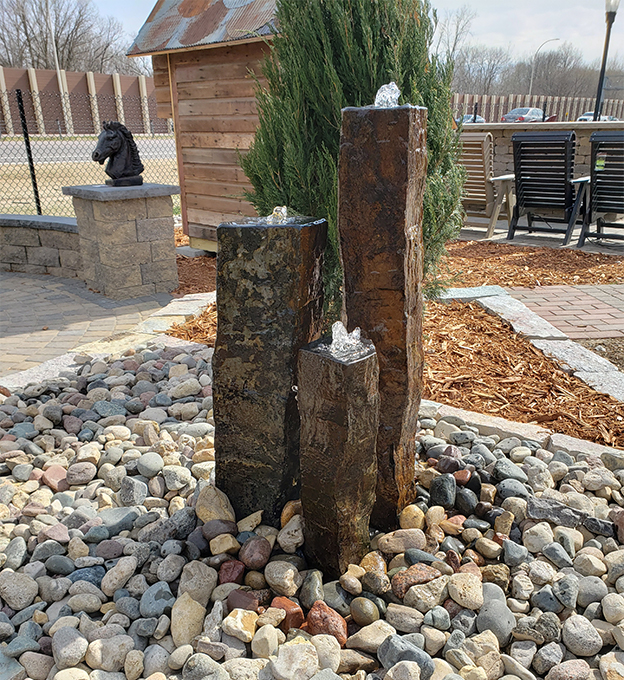If you are looking for a way to elevate the aesthetics of your yard or garden, large decorative rocks offer a unique solution that combines beauty, functionality, and low maintenance. In this comprehensive guide, we’ll explore everything you need to know about decorative rocks, including types, uses, benefits, and tips for choosing the perfect large stones for your landscape. Drawing from personal experience and expertise in landscaping, I hope to inspire you on your journey to create a stunning outdoor space.
What Are Decorative Rocks?
Decorative rocks are natural stones used in landscaping and gardening for aesthetic purposes. They come in various sizes, shapes, colors, and textures, making them versatile additions to any outdoor area. Large decorative rocks can be used as focal points, borders, pathways, or even as part of water features.
Why Choose Large Decorative Rocks?
Large decorative rocks add an element of drama and depth to your landscape. They can create visual interest and serve various functional purposes, such as:

- Preventing soil erosion
- Reducing weed growth
- Enhancing drainage
- Providing habitat for wildlife
Types of Decorative Rocks

Understanding the different types of decorative rocks can help you make an informed decision when selecting them for your landscape design. Below is a breakdown of popular categories:
1. River Rocks
These smooth, rounded stones vary in size and color. River rocks are perfect for creating pathways, accentuating water features, or as ground cover.

2. Lava Rocks
Lava rocks are porous and lightweight, adding texture and unique colors to your landscape. They are excellent for outdoor fire pits and gardens.
3. Flagstone
This type of sedimentary rock is flat and designed for paving. Flagstone makes beautiful patios, pathways, and stepping stones.

4. Granite Boulders
Granite boulders are sturdy and offer a classic look. They can serve as seats in a garden or as natural sculptures in your landscape.
5. Pebbles and Gravel
These smaller stones can fill gaps, provide drainage, or create borders in flower beds. Available in different colors, they allow for creative designs.

Benefits of Using Decorative Rocks
Using large decorative rocks in your landscape comes with numerous benefits that go beyond aesthetics. Here’s a look at some of the most significant advantages:

Low Maintenance
Once you place decorative rocks, they require minimal upkeep. Unlike plants that need regular watering, pruning, and fertilizing, rocks just need occasional cleaning.
Durability
Decorative rocks are durable and can withstand harsh weather conditions. Unlike wood mulch, they won’t decompose and need replacing every year.
Versatility
You can use decorative rocks in various ways—from creating pathways to decorating garden beds and accentuating fire pits—making them incredibly versatile.
Eco-Friendly
Rocks reduce the need for chemical herbicides, promoting a healthier garden environment. They also help with water retention and soil preservation.
Choosing the Right Decorative Rocks
When selecting large decorative rocks, consider the following factors:
1. Purpose
Your first consideration should be how you intend to use the rocks. Will they be part of a decorative feature, or will they serve a practical function such as erosion control or drainage?
2. Color and Texture
Think about your existing landscape. Choose rock colors and textures that complement your outdoor space and harmonize with your home’s exterior.
3. Size and Shape
Determine the appropriate size based on your landscape’s scale. Large boulders can be dramatic focal points, while medium-sized stones can define spaces.
Installation Tips for Decorative Rocks
Installing large decorative rocks can be a straightforward process if you follow these helpful tips:
1. Plan the Layout
Before placing the rocks, sketch the design or lay them out on the ground to visualize how they will look in your landscape.
2. Prepare the Area
Clear the area where you will place the rocks. Remove any weeds, grass, or debris to ensure a clean foundation.
3. Use Landscape Fabric
Consider using landscape fabric under the rocks to help prevent weed growth while allowing water drainage.
4. Arrange the Rocks
Place the rocks based on your visual plan, ensuring they are stable and fitting well with one another. Layering smaller rocks around larger ones can create a natural appearance.
Comparison of Popular Decorative Rocks
| Type | Pros | Cons | Best Use |
|---|---|---|---|
| River Rocks | Smooth, Attractive, Great for drainage | Can be slippery | Pathways, Water Features |
| Lava Rocks | Lightweight, Colorful, Good for drainage | Can be dusty | Gardens, Fire Pits |
| Flagstone | Durable, Attractive, Excellent for patios | Can be expensive | Patios, Walkways |
| Granite Boulders | Sturdy, Unique texture | Heavy, Difficult to move | Natural sculptures, Seating |
| Pebbles and Gravel | Versatile, Cost-effective | Can scatter easily | Borders, Filling gaps |
Cost Considerations
The cost of decorative rocks can vary depending on the type, size, and location. Here are some approximate prices you can expect:
- River Rocks: $60 – $100 per ton
- Lava Rocks: $40 – $80 per ton
- Flagstone: $300 – $800 per ton
- Granite Boulders: $100 – $300 each
- Pebbles/Gravel: $30 – $50 per ton
Personal Experience: My Journey with Decorative Rocks
When I first started landscaping my backyard, I was overwhelmed by the choices available. After much research, I decided to use large granite boulders as focal points in my garden. The transformation was incredible! Not only did the boulders add visual interest, but they also provided natural seating areas for gatherings with friends and family. I used smaller river rocks to create a beautiful meandering path that added charm. The best part? I spend more time enjoying my outdoor space and less time maintaining it.
FAQs About Decorative Rocks
What are the best decorative rocks for a garden?
It largely depends on your style and the purpose, but river rocks, granite boulders, and lava rocks are popular choices due to their aesthetic appeal and functionality.
How do I maintain decorative rocks?
Keep decorative rocks clean by removing debris and occasionally rinsing them. If weeds grow, pull them out or use a safe herbicide.
Can I use decorative rocks in a water feature?
Absolutely! River rocks and pebbles are excellent choices for enhancing the look of ponds, fountains, and streams.
Are decorative rocks suitable for replacing mulch?
Yes, decorative rocks can replace mulch, offering benefits like durability and reduced weed growth, though they can retain heat more than organic mulch.
Where can I buy large decorative rocks?
You can find them at home improvement stores, local garden centers, or landscape supply yards. Online retailers also offer a range of options.
Final Thoughts
Incorporating large decorative rocks into your landscape is an excellent way to enhance the beauty and functionality of your outdoor space. With the right choices, you can create a stunning environment that reflects your personal style and requires minimal effort to maintain. Whether you opt for boulders, river rocks, or flagstone, the possibilities are endless. I hope this guide has inspired you to start your journey with decorative rocks and create a landscape you’ll love for years to come!